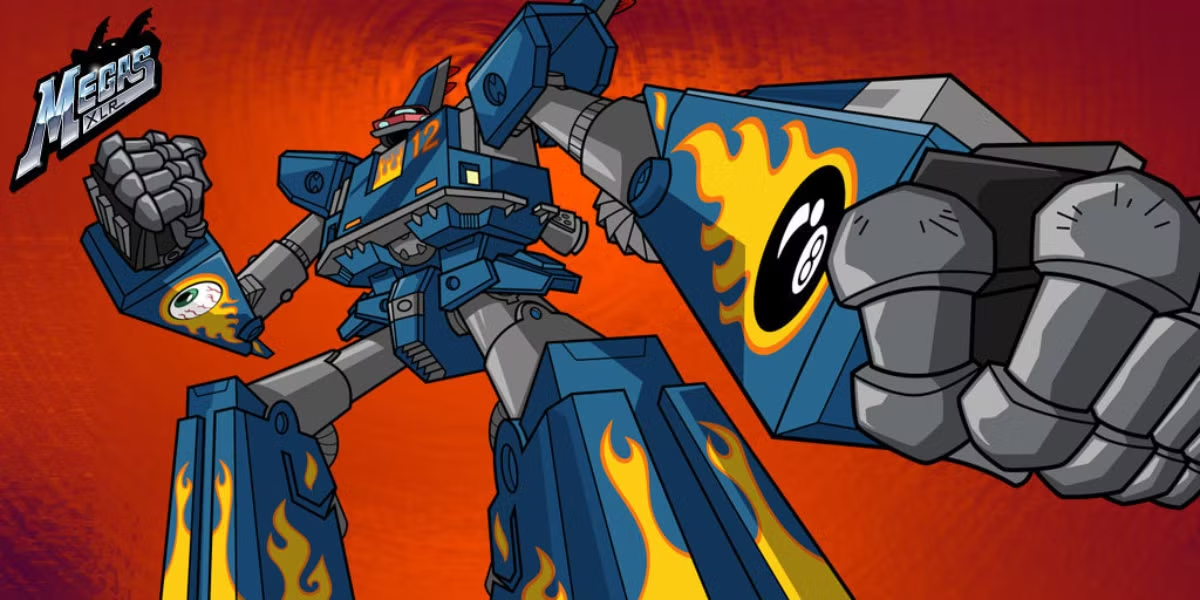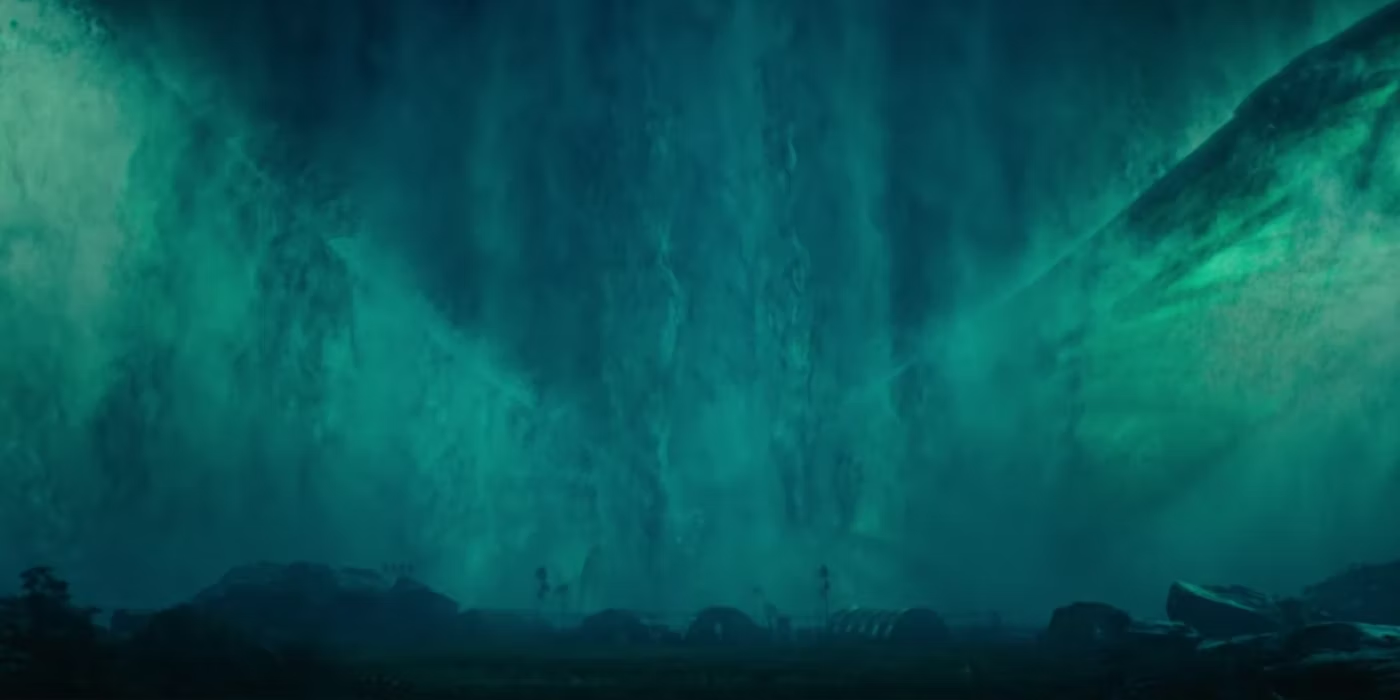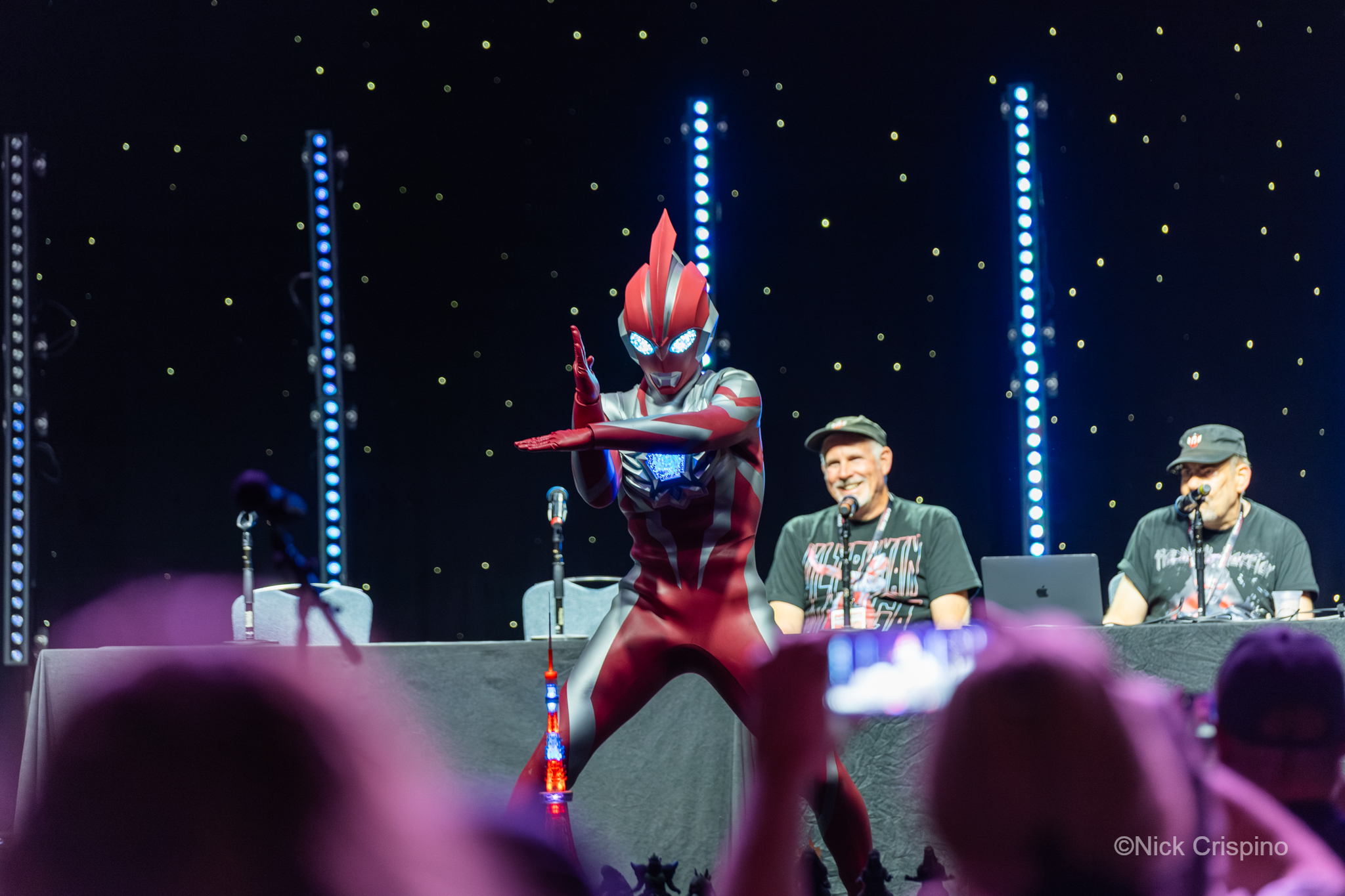The year 2004 was marked by significant historical and cultural events in various fields, ranging from politics and sports to science and popular culture. George W. Bush was re-elected, the Summer Olympics were held in Athens, Greece, Facebook was launched for the first time, Massachusetts became the FIRST state to legalize gay marriage, and Godzilla: Final Wars celebrated 50 years of the King of the Monsters! It was the early 2000s, almost halfway through the first decade of the 21st Century, and things were looking pretty good.
But I was 9 years old at the time and all I cared about was cartoons.
My parents were pretty strict about how long I could watch TV, but they had no idea how to keep me away from the internet. Before I got addicted to YouTube, I was only on one of two websites at the time, Newgrounds and Cartoon Network dot com. Back in the historic year of 2004, THIS was your one stop alternative to watching cartoons on TV. All you needed for access to every single episode of Samurai Jack was your dad’s work laptop, a wifi connection, and a link to Cartoon Network’s official website on Google’s search landing page because you didn’t know how to bookmark a URL. If it was a Friday night and mom and dad were keeping themselves busy in the living room, you had all the power in the world to open a gateway into unfathomable realms of excitement and adventure with just a click of the mouse. It was ironically one such night on the computer, not the TV, that I discovered probably one of the coolest western cartoons I’ve ever seen in my life: Megas XLR.

In 2002, Cartoon Network was trying to branch further into creating original content for its channel and began showcasing a broad range of pilot episodes for potential original animated series. The Network originally made its bread off Loony Toons and Hanna Barbara cartoons, but times called for change, and not just with another Genndy cartoon. They were looking for new, original content, and Steve Blum was probably hunting for another non-Japanese anime to be in for once that year. These pilot episodes were presented in the 2002 Summer Contest, where viewers could vote for the most appealing pilot episode to be made into a series. Before there was Megas XLR, there was Lowbrow, a short film representing a day in the life of two metalheads fixing up the fighting robot from the future they have stored in their garage. Once they finish up and destroy their own house during the launch, they contemplate exactly how to abuse the immeasurable power in their hands. Their daydreams of smashing burger factories and stealing boxing event seats are interrupted by the plot when their neighborhood is invaded by giant robot aliens. Not wanting to have their weekend plans ruined by the end of the world, our heroes proceed to rip and tear the invaders, destroying their neighbors houses along the way. The world is saved and half of New Jersey is destroyed. All in a day’s work.
The original idea for Lowbrow came to creators Jody Schafer and George Keistic while they were playing video games on their couch (gaming chairs weren’t really a thing yet). Themselves being huge fans of older giant robot media, with those claustrophobic pilot seats surrounded by buttons and dials and switches and holograms, they must’ve thought it would be funny if all you needed to pilot a big robot was a PlayStation 2 controller. I sure think it is. Imagine growing up playing video games so often that you could actually put that muscle memory to the test against a giant alien invasion.
Lowbrow was a huge standout amongst the competition. The mature (or rather the immature, but still adult) characters in the story might’ve given the big money of Cartoon Network some pause, but luckily they had a program suitable for the in-betweens of kids and adult television. Enter Toonami, the classic platform for anime and teenage-driven animation. If you grew up watching Cartoon Network on TV around 9pm and not on dad’s laptop, you’ve most likely seen Cowboy Bebop and Bleach reruns on this channel. After getting the green light for season one, MEGAS XLR’s first episode, Test Drive, was presented on Toonami on May 1st of 2004.

The first episode gives us what the show is all about. After some setup for the main villains, we cut to New Jersey and meet a lazy mechanic named Coop (voiced by David DeLuise) and his best friend Jamie (voiced by Steve Blum- oh hey there he is!). The two find a giant robot buried under some trash at a friend’s junkyard in Jersey City and, being no stranger to little side projects, Coop soups up the robot with his own dignified flavor of fighter jet graffiti. He replaced the damaged robot head with a used muscle car and the robot’s console controls with something only Coop would be comfortable using, a PlayStation controller, bringing us right back to the original joke that really started this show. These changes rendered the giant walking weapon totally useless to anyone but Coop and his capable, chubby hands, though that doesn’t stop some other characters from trying.
Enter Kiva (voiced by Wendee Lee), a heroic freedom fighter from the future who tries to go back in time to save earth from an inevitable alien invasion that threatens all of humanity. It was Kiva who accidently sent the robot back far enough in time to be buried in junk, but before she could correct her mistake Coop had already mangled the robot so much with his primitive engineering that she couldn’t possibly learn how to pilot it herself. With no other choice than to trust the fate of humanity in the hands of these two Jersey couch potatoes, Kiva begrudgingly accepts the situation as it is and the three go on to save the world from various threats, both fantastic and mundane, one clumsy step at a time. Despite the very apparent homage to anime, Evangelion this is not. Where in that franchise we might see an emotionally shaken young boy surrounded by capable people living in a complex world, we see in Megas a charming, out of shape nerd having the time of his life saving the world from aliens with a giant robot with a car for a head. Name a more relatable protagonist.
The followup episodes in season one would introduce even more legendary voice talents for villains such as Regis Mk V (voiced by Michael Dorn, that’s friggin Warf from Star Trek: Next Gen for those who don’t know), a relatively small robot alien that could grow in size after each defeat, and the MODOK-inspired Magnanimous, a big headed sports promoter from space (voiced by Bruce Campbell) whose chin is almost as big as his thirst for blood. The plots for these villains are sometimes the most unserious thing you’ll see on television, spoofing outlandish properties like Smash TV or Marvel Comics while still grounding itself with relatable problems. My favorite episode in season one is All I Wanted Was A Slushie, where Coop is trying desperately to quench his thirst on a hot day but his sweet drink keeps falling to the thirsty pavement all because an angry robot from space won’t leave him alone and keeps challenging him to a fight. This is the aforementioned Regis Mk V, a character that takes himself way too seriously for the tongue-in-cheek show he’s in. While it seems kinda common to see stuff like this in the modern mainstream, with shows like Rick and Morty or the Deadpool movies, a clash between villains like this and a lovably unserious chump like Coop is a dynamic I don’t think I’ll ever grow out of.

The show had a solid formula. Between all the zany adventures in space or all the crazy battles against superpowered Sailor Moon cosplayers would be mundane plots about Coop winning a hotdog eating contest or taking a torturous trip to the DMV after his giant robot somehow gets towed and his driver’s license is revealed to be expired (jeez, the bill for that alone). It was a popcorn scifi adventure show wrapped in a cozy blanket of mundane living. When I think of the “simpler times” of my youth, nothing comes close to the warm atmosphere this show gave me. It was a show that mixed world ending stakes with slice of life humor, and the casually cool vibe is established in each episode very beautifully by the ripping guitar licks of the Ragtime Revolutionaries and their opening theme, Chicks Dig Giant Robots, a certifiable headbanger sure to make you say “Nice,” at the end.
The more I think about it, I get a similar vibe from this show that I do watching a James Gunn movie. It’s something that doesn’t take itself too seriously, and it’ll even poke a few holes into my favorite stuff like Power Rangers or Kaiju and Mecha genre anime, yet you get the feeling that it all comes from a place of true love for those things. This show is made by nerds, FOR nerds. It’s not ashamed of what it is, and it even revels in what it is, but it’s not shy of poking a little fun at itself and even having some genuine character moments between the popcorny filler. In some potential revival, I could definitely see an effort to push more real world drama into these characters, little moments of sincerity squeezed between the bodacious giant robot fights with heavy metal guitar licks to inflate the mood.
By the end of the series, I felt I knew these characters like good friends, and I think that was the main appeal to this show. The heroes weren’t larger than life super soldiers with a cosmic destiny (except maybe Kiva), they were just some dudes. Nobodies. They were like any pair of nerds you’d run into in college or pass across the street in your sleazy home town. You wouldn’t think such slackers would make for fun and amazing heroes in a series about giant robots fighting aliens, but they do. These guys learn what it means to be heroes, and in turn Kiva learns what it means to live in peaceful times, thus reinforcing her resolve to save this world from tyrannical enslavement. Such a flawless character dynamic made for some simple but fun adventures that captured the curiosity and imagination of many like me growing up.


So why did it only end with two seasons? Well the answer’s kinda disappointing, as it is with any beloved yet short-lived series. The show had a very supportive cult following but it didn’t make enough from merch or ad revenue to justify keeping it around. Not to mention, despite so many amazing animated shows kicking butt every week, Cartoon Network was becoming more invested in unscripted live action television, which was much cheaper and easier to support than gambling so much time and money on teenage-centric cartoons. Eventually, with no majority executive support, the plug was pulled and the show was written off for taxes. That might make you angry, and it did me, but to play devil’s advocate for a moment, I think it wasn’t a totally unwise business decision at the time. Think of it this way, with their limited pool of money for animation getting cut to support live action game shows for kids, the suits at Cartoon Network had to choose between Megas XLR and you know, something like BEN 10. I think that decision makes itself in the end. These days, early 2000s Cartoon Network has become something of a nostalgic aesthetic, kind of like those hour long New Retro Wave compilations you might see in a random YouTube suggestion, the ones with the 90s anime gifs playing over a synthetic musical track. It’s kind of a shame that I haven’t seen many of these videos sampling clips from the show. Just from memory I can think of a few really good shots in the series that could evoke the same warm feeling those nostalgia-stimulating videos try to go for.
So, anyway, where is the show now?
If you wanna watch the show for yourself nowadays, well, you can’t find it on Cartoon Network’s website anymore. You could watch the whole thing legitimately on Apple TV+, which is not a very glimmering legacy for such a badass show, but it’s better than the junkyard that some other cult classics end up in. From what I can gather, fans want more. The creators themselves have said “never say never” when asked about a potential revival, but for now it seems like a stillborn dream. I wouldn’t be optimistic about the future of Megas XLR, but at least I can still look back at it now and relive those comfortable memories eating leftover food from mom’s book club meetings on my bed with nothing but the laptop illuminating my room. For any fans of the series, I encourage you to look it up again and relive those shameless adventures with Coop. For potential new fans, I can’t recommend this show enough. With all the abundance of choice in the current streaming world, you can afford to be a little picky, but this is one stay-at-home road trip you definitely don’t wanna miss.





